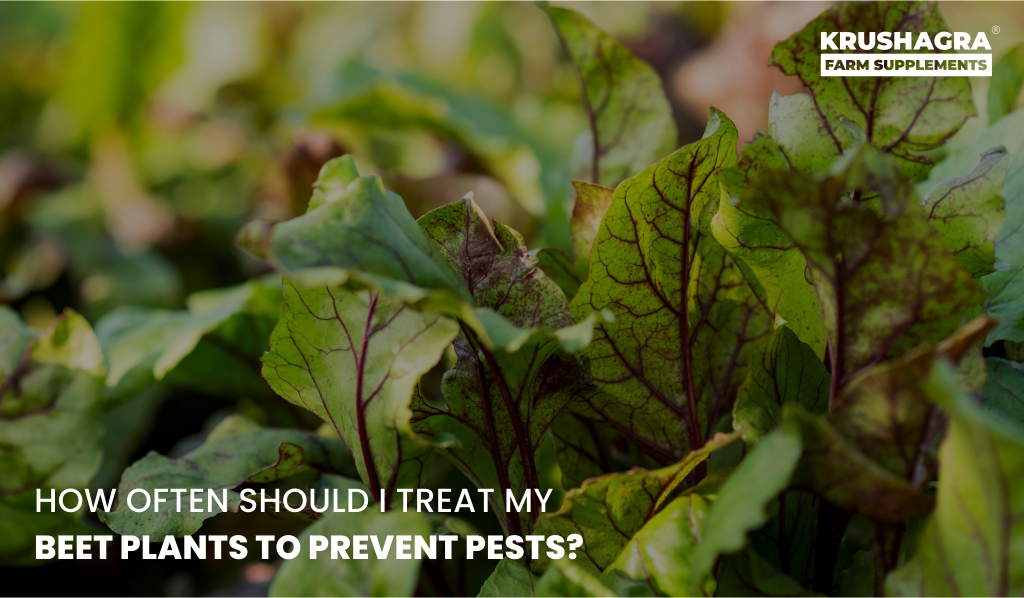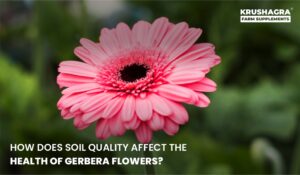Beet plants are a favorite among gardeners due to their nutritional value, sweet flavor, and versatility in the kitchen. However, like all crops, they are susceptible to various pests that can damage leaves and roots if not properly managed.
To ensure a bountiful harvest, it’s crucial to know how often to treat your beet plants to prevent pests. This comprehensive guide will explore pest prevention strategies, treatment intervals, and natural and chemical control methods for beet plants.
Common Pests Affecting Beet Plants
Understanding the pests that commonly target beet plants helps determine the right treatment schedule. The most frequent beet pests include:
- Aphids: Tiny, sap-sucking insects that weaken plants and cause leaf curling.
- Flea Beetles: Small, jumping beetles that chew holes in leaves.
- Leaf Miners: Larvae that tunnel through leaves, leaving discolored trails.
- Cutworms: Caterpillars that sever beet stems at the soil line.
- Root Maggots: Larvae that burrow into roots, causing significant damage.
- Wireworms: Underground pests that feed on roots and hinder plant growth.
How Often to Treat Beet Plants
The frequency of treatment depends on factors such as pest pressure, weather conditions, and the type of treatment used. Here’s a detailed breakdown:
1. Pre-Planting Treatments
- Soil Preparation: Before planting, ensure the soil is well-drained, weed-free, and enriched with compost.
- Crop Rotation: Avoid planting beets in the same spot yearly to reduce pest buildup.
- Frequency: Perform these tasks once every growing season.
2. Preventive Treatments During the Growing Season
- Inspection Frequency: Inspect plants at least once a week for signs of pests.
- Mulching: Apply organic mulch to suppress weeds and prevent soil-borne pests.
- Row Covers: Use floating row covers immediately after planting to block pests.
- Frequency: Reapply mulch and adjust row covers as needed throughout the season.
3. Natural Pest Control Methods
- Companion Planting: Grow garlic, onions, and marigolds near beets to repel pests.
- Neem Oil Spray: Apply neem oil every 7-14 days, especially after rain.
- Insecticidal Soap: Use as needed when pests are present.
- Frequency: Repeat applications every 1-2 weeks or after heavy rain.
4. Chemical Treatments
- Pesticide Application: Apply pesticides only when pest infestations are severe and other methods have failed.
- Frequency: Follow product label instructions, typically every 7-14 days if needed. Avoid excessive use to prevent resistance and harm to beneficial insects.
Seasonal Treatment Guide
- Spring (Planting Time): Focus on preventive measures like soil preparation, crop rotation, and applying row covers.
- Early Summer (Active Growth): Inspect plants weekly, use neem oil sprays, and maintain mulch.
- Mid to Late Summer (Peak Pest Season): Increase inspections to twice a week and reapply treatments after rain.
- Fall (Harvest Time): Remove plant debris promptly to minimize overwintering pests.
Signs That Your Beets Need Immediate Treatment
Act quickly if you notice:
- Wilting or yellowing leaves
- Holes or chewed leaf edges
- Discolored trails on leaves
- Severed stems or damaged roots
- Sticky residue or sooty mold (signs of aphid infestation)
Best Practices for Pest Prevention and Treatment
- Regular Monitoring: Conduct frequent plant inspections.
- Healthy Soil Management: Maintain well-drained, nutrient-rich soil.
- Early Intervention: Address pest problems promptly to prevent severe infestations.
- Integrated Pest Management (IPM): Combine cultural, mechanical, biological, and chemical methods for sustainable pest control.
- Avoid Over-Treatment: Use pesticides only when necessary to protect pollinators and beneficial insects.
Why Sustainable Beet Pest Management Matters
Sustainable pest management is essential for maintaining a healthy garden while protecting the environment. Here’s why it matters:
- Environmental Protection: Overuse of chemical pesticides can harm beneficial insects like bees and butterflies, contaminate soil, and pollute water sources.
- Soil Health Preservation: Healthy soil supports strong plant growth. Natural methods like composting, mulching, and crop rotation improve soil fertility and reduce pest populations.
- Long-Term Productivity: Sustainable practices such as integrated pest management ensure long-term garden productivity by minimizing pest resistance and enhancing plant resilience.
- Cost-Effectiveness: Natural treatments like neem oil, insecticidal soap and biopesticides are often more affordable and safer than synthetic pesticides.
- Food Safety: Reducing chemical use ensures that harvested beets are free from harmful residues, promoting better health for gardeners and consumers.
Final Thoughts
Treating your beet plants regularly and using an integrated pest management approach can significantly reduce pest problems. Adjust treatment frequency based on seasonal changes, pest pressure, and environmental conditions.
With proper care, your beet plants will thrive, providing you with a plentiful and healthy harvest throughout the growing season.
Effective pest management for beet plants requires a balance of prevention, regular monitoring, and timely treatment.
By using sustainable practices like crop rotation, natural sprays, and beneficial companion plants, you can keep pests at bay while preserving the environment. Adjust treatment schedules based on seasonal conditions and pest activity for the best results.
A well-maintained beet garden not only ensures a healthy harvest but also supports a thriving ecosystem in your backyard.
FAQ’s
- How often should I inspect my beet plants for pests?
Inspect beet plants at least once a week during the growing season and more frequently during peak pest activity. - Is neem oil safe for my beet plants?
Yes, neem oil is a natural pesticide and safe when used correctly. Apply every 7-14 days or after rain. - Can I use chemical pesticides on beet plants?
Use chemical pesticides only when infestations are severe and follow label instructions carefully. - What are the first signs of pest damage in beet plants?
Look for wilting, yellowing leaves, holes, chewed leaf edges, or discolored trails on leaves. - How can I prevent pests naturally?
Use methods like crop rotation, mulching, companion planting, and applying neem oil to deter pests.





